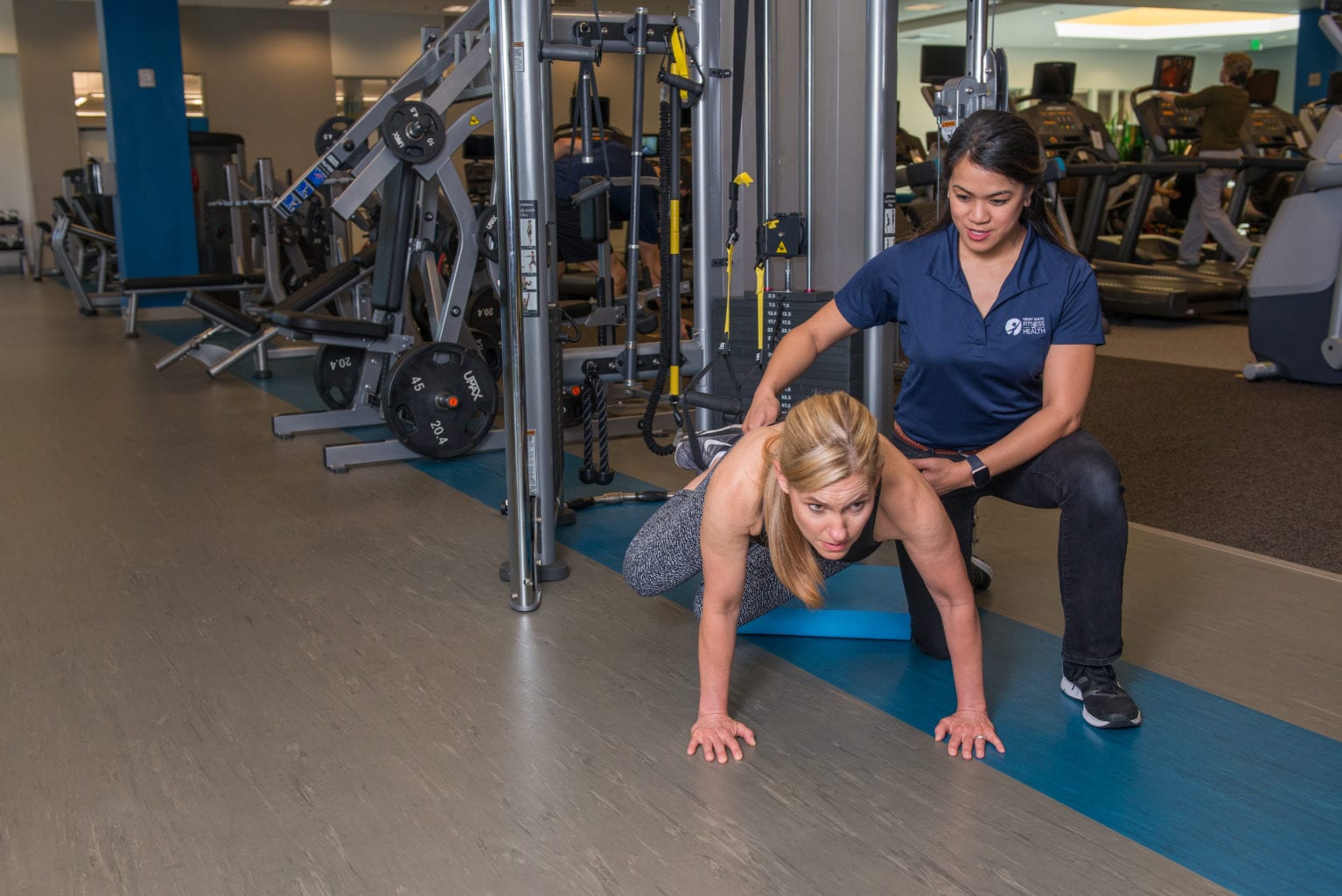In 2015, almost 10 percent of the population was diagnosed with a form of diabetes, according to the American Diabetes Association, but the staff at the Henry Mayo Fitness Center say that number could soon grow exponentially.
“Right now, a third of our nation is prediabetic, and 90 percent of those people do not know they have it,” said Kim Brown, who oversees the Diabetes Prevention Program launched last year.
Statistics indicate as many as one-third of Americans will be diabetic by 2050, said Brown, a registered dietician and certified diabetes educator. “So those that are pre-(diabetic) are projected to become diabetic by 2050,” she said, “making it an epidemic and a big problem.”
Brown said there’s multiple lifestyle factors that can contribute to diabetes and she has interacted with people who’ve been diagnosed for a myriad of reasons, including pregnancy, eating habits and an inactive lifestyle.
“Some of it has to do with your genetic background or other diseases such as high blood pressure and heart disease,” Brown said, “so there’s some things you have control over, and some things you don’t. In the diabetes prevention program, we deal with what you have control over.”
The diabetes prevention program in place at Henry Mayo Fitness Center is a national program that uses curriculum approved by the CDC, Brown said. After some research, the CDC found that by doing two things one can greatly reduce their risk of becoming diabetic.
“There’s two things,” Brown said, “but a lot of lifestyle changes go into them.”

One of the CDC’s recommendations is to lose 5 percent to 7 percent of your body weight — “Assuming the person is overweight,” Brown said, mentioning that not all diabetics are overweight, “but 90 percent of the people who have applied for our program do need to lose weight.” Weight loss is one of the bigger emphases of the program, Brown said, but a person doesn’t have to be overweight.
“The second key aspect of the program is to exercise 150 minutes per week,” which is only a little more than two hours a week, Brown said. “Weight loss and physical activity go a long way, whether you have (diabetes) or whether you’re trying to prevent it.
It’s all about behaviour change, Brown said, “because that seems to be the one thing that’s elusive. It’s not just about getting the weight off, but you have to keep the weight off.”

This is why the program is two years in length, according to Brown.
The group meets three times a month with trained lifestyle coaches and other trainers for the first six months, then twice a month for the second six months, Brown said. “And for the following year, we don’t cut them loose. We let them continue to come back for what we call the ‘maintenance phase,’” which is when participants return once a month to ensure their newfound habits and behaviors aren’t slipping away.
So far, the program has hosted two groups feature ten people, Brown said, adding that both have seen a significant amount of success during their time in the program.
“The first group started in November 2017 and, as a group, these individuals lost more than 144 pounds,” Brown said, “and by one year, they were averaging more than 2,000 minutes of activity.”

Brown said it was quite common to see people exceeding the goals that are laid forth in the CDC’s curriculum and class participants as the program continues throughout the year.
“When you get diabetes, it is controllable,” Brown said. “Once you have the diagnosis, you’ll always have diabetes. But some people do so well with the lifestyle changes and their blood sugar control that their lab markers will go down to normal ranges.”
“With a third of everybody you talk to projected to become diabetic by 2050,” Brown said programs like the one at the Henry Mayo Fitness Center are critical.
“This program works,” she said.

The program costs $75 but it also accepts insurance and is free to residents with a fitness center membership. The next session on Feb. 26 is currently filled to capacity, but the fitness center hopes to host another one around September.
To apply, community members are urged to visit HenryMayo.com and fill out the diabetes prevention program’s online application. Those without a computer can visit the fitness center in-person and speak with a representative.













